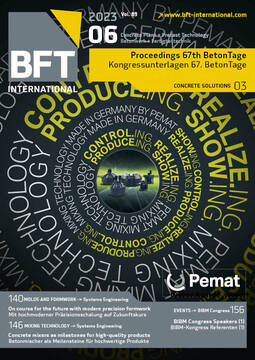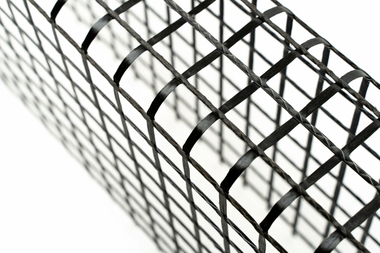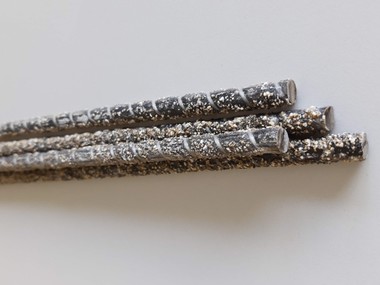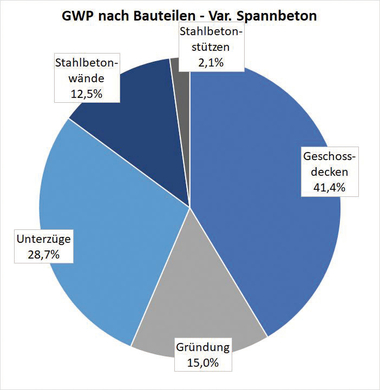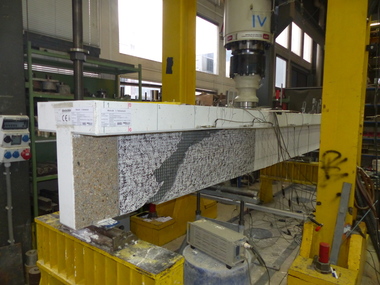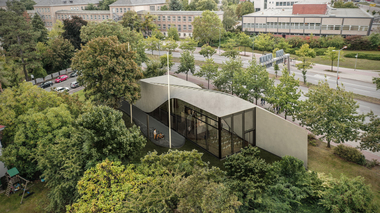New carbon structures for concrete construction with multi-axial reinforcements
Due to its advantages, carbon-reinforced concrete has already proven
to be a valuable alternative to conventional concrete constructions and offers great potential for construction in a resource-conserving and climate-friendly way in the future.
As part of a research project funded by BMWK, together with our research partners (HA-CO Carbon GmbH, TU Dresden and HTWK Leipzig) we are dealing with problems which go far beyond the usual carbon-reinforced concrete: In this context, innovative, high-performance and large-sized reinforcing elements made of carbon are developed for concrete construction. The structures can be manufactured in a length of 40 m fully-automatically, as ready cut three-dimensional reinforcement cages being completely prefabricated for delivery to and installation on the construction site or at the precast plant. This reduces subsequent, manual working significantly, guarantees the highest quality standards as well as an economic process.
Furthermore, the reinforcement in the cages can be arranged along the load paths in the concrete components. Therefore, individual reinforcing elements for the different load cases should no longer be installed, but rather a self-contained reinforcement structure, being already optimized in the manufacturing process for the requirements of the building component. The new construction principles allow creating structures which are highly effective and optimized in terms of the load flow. An ideal arrangement of the reinforcing elements should not only save reinforcement, but also help reducing the concrete consumption considerably.
This innovative concept will be optimized for industrial applications so that the construction method will establish as a resource-conserving alternative to classical concrete construction.
In the presentation, the potentials of the new kind of reinforcement for precast and in-situ concrete construction will be demonstrated and first results with possible fields of application presented.



